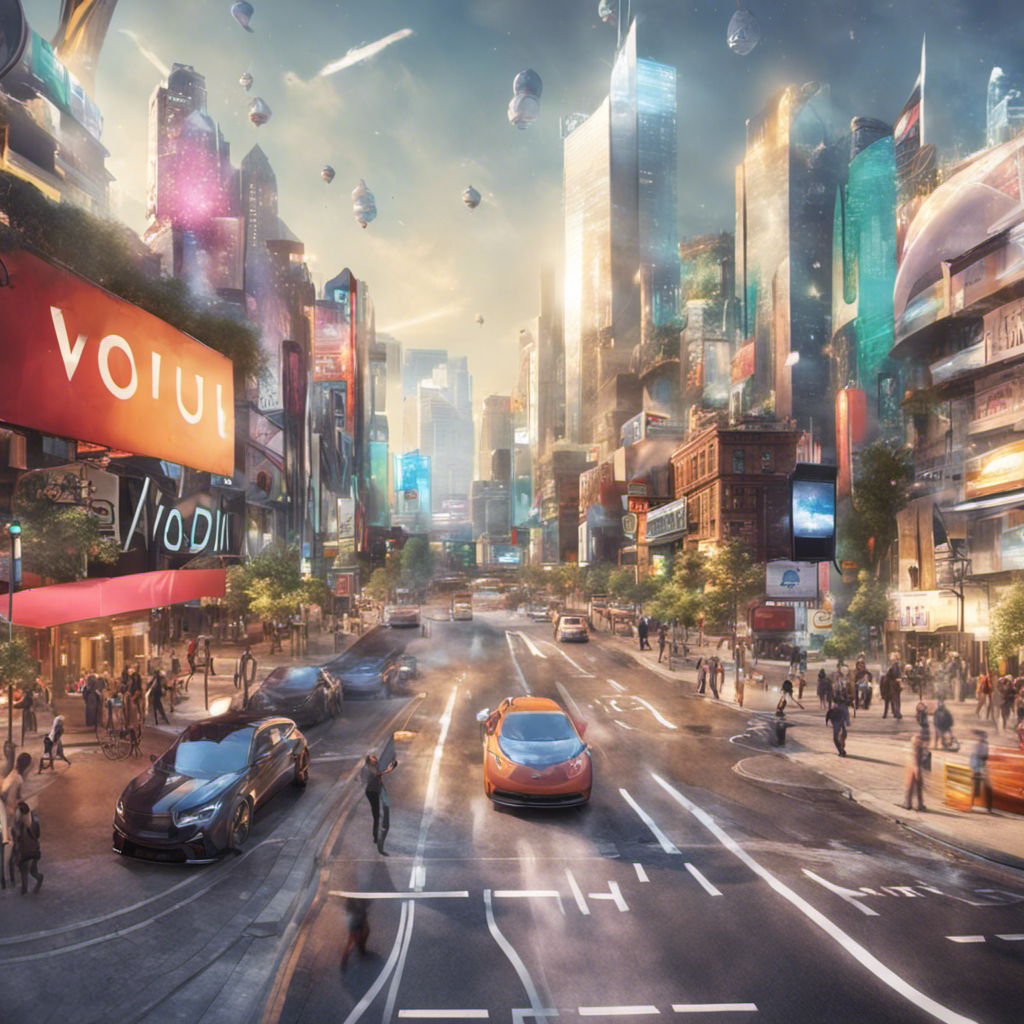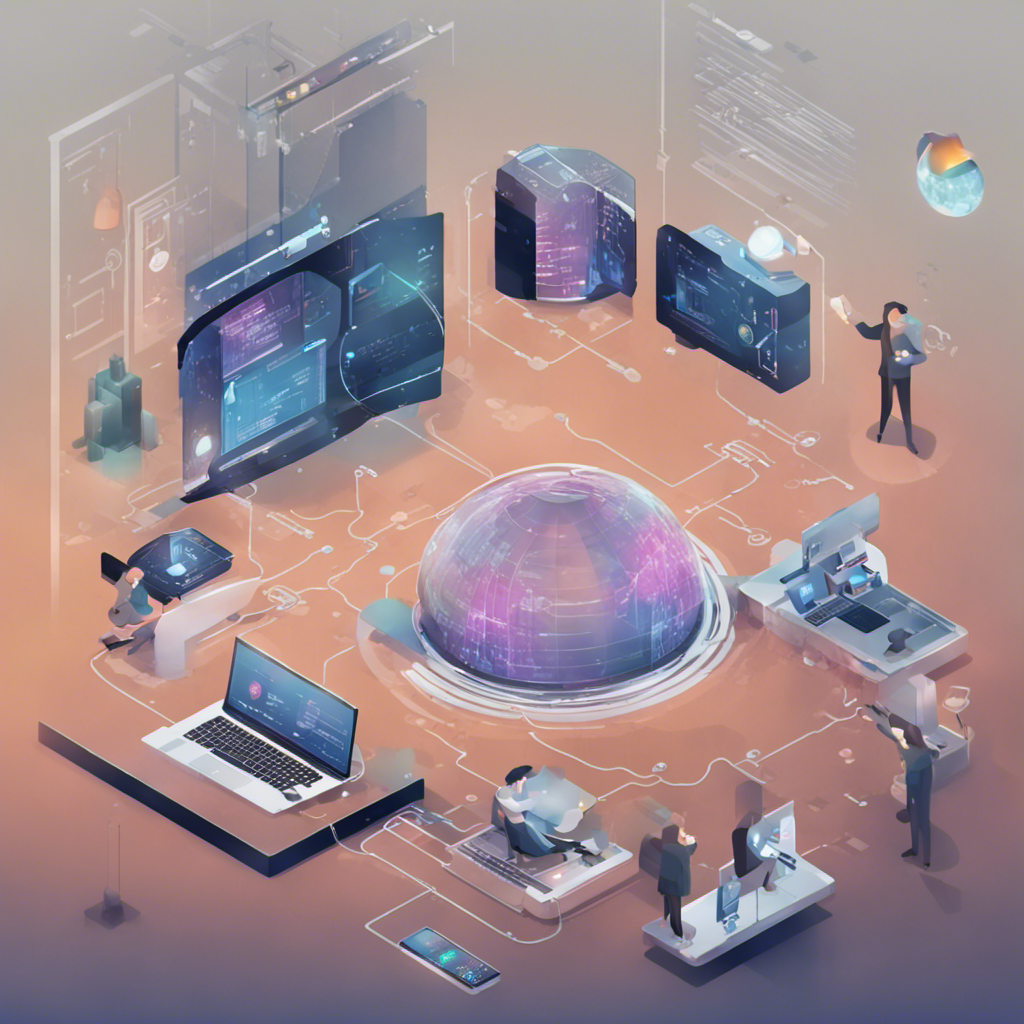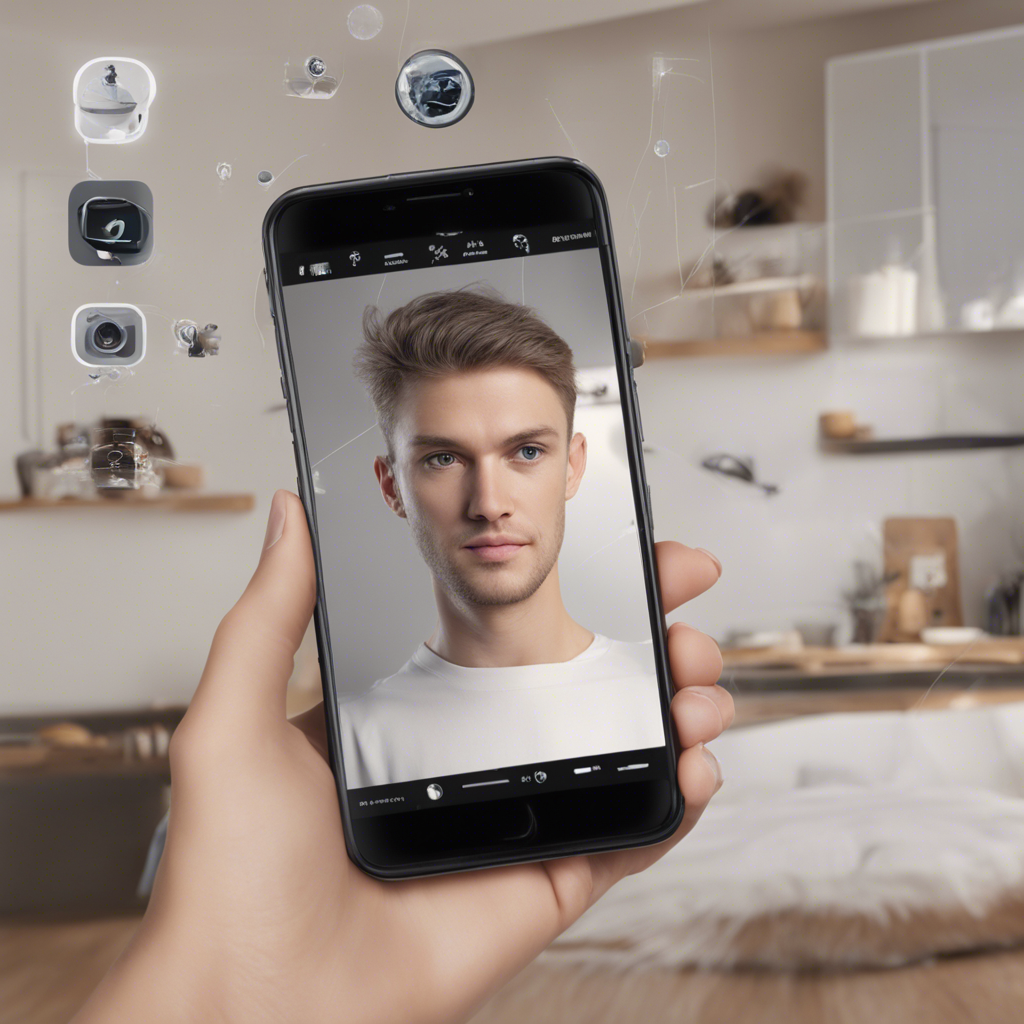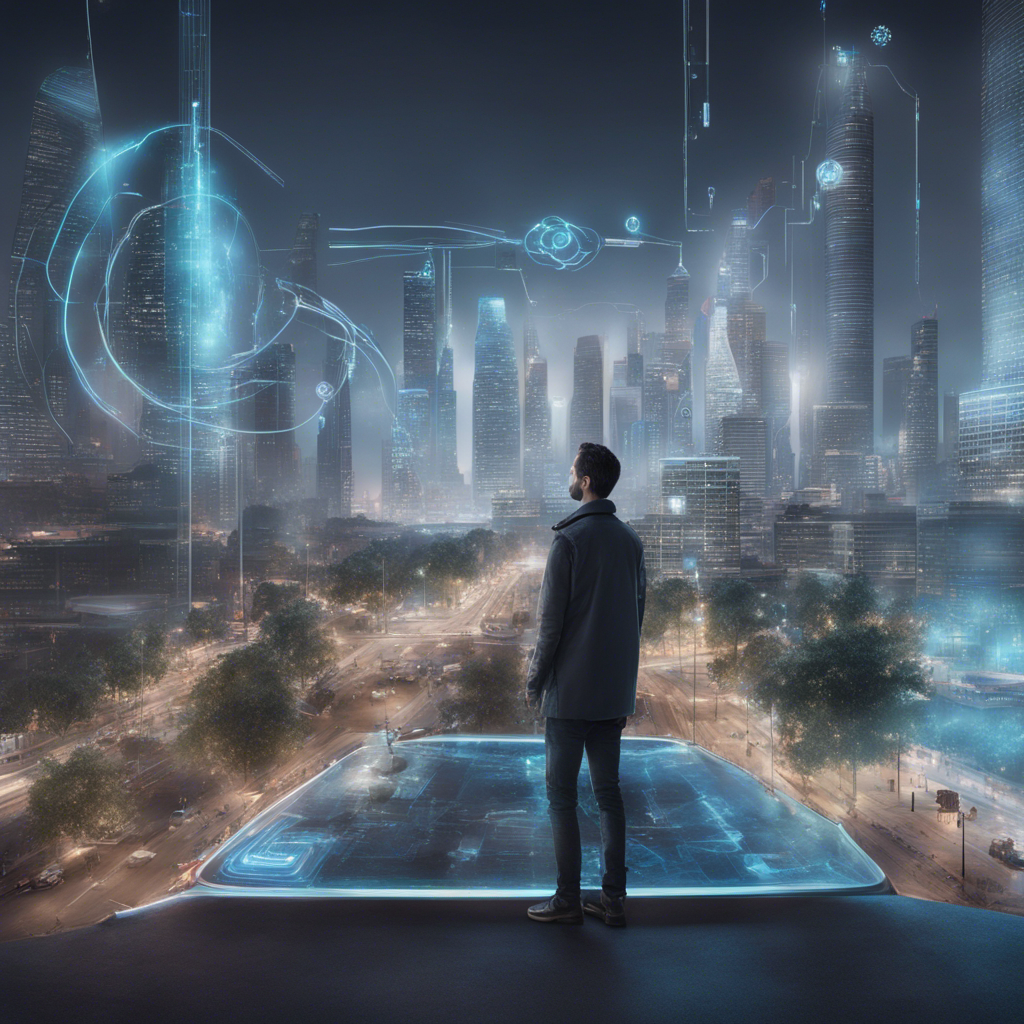
Augmented Reality (AR) has come a long way since its inception, and with recent advancements, its real-life applications have become more exciting and diverse than ever before. This technology, which overlays digital content onto the real world, has the potential to transform various industries and enhance our everyday lives in ways we never imagined. In this blog post, we will explore some of the most captivating real-life applications powered by AR.
Gaming and Entertainment
One of the most well-known uses of augmented reality is within the gaming and entertainment industry. The popular mobile game Pokémon Go brought AR into the mainstream, allowing players to catch Pokémon in real-world locations using their smartphones. Since then, a multitude of AR-enabled games and experiences have been developed, immersing users in interactive and visually stunning virtual worlds.
Not just limited to gaming, AR is revolutionizing the way we experience live events and entertainment. Through AR headsets or smart glasses, concert-goers can enjoy enhanced visual effects, holographic performances, and real-time information about the artists, creating a truly captivating and immersive experience.
Education and Training
AR has proven to be a valuable tool in the education sector, transforming traditional learning methods and engaging students in a whole new way. By overlaying digital information onto textbooks or physical objects, AR provides interactive learning experiences where students can explore complex concepts, visualize historical events, and conduct virtual experiments.
Furthermore, augmented reality training simulations have become increasingly popular in various industries, including healthcare, aviation, and engineering. These simulations allow trainees to practice real-world scenarios in a safe and controlled environment, improving their skills and decision-making abilities. AR-based training not only reduces costs associated with physical resources but also increases efficiency and enhances learning outcomes.
Healthcare and Medical Applications
AR has made significant strides in the healthcare realm, contributing to improved diagnosis, treatment, and patient care. Surgeons can utilize AR headsets to project patient information, medical imaging, and real-time guidance onto their field of view. This technology provides accurate visualization of internal structures during complex surgeries, enhancing precision and reducing the risk of errors.
Additionally, AR plays a vital role in medical education, allowing students to explore human anatomy in three dimensions or visualize complex surgical procedures step-by-step. Training programs using AR have demonstrated enhanced learning outcomes and better anatomical understanding, ultimately benefiting the patients by ensuring well-prepared medical professionals.
Architecture and Design
In the field of architecture and design, augmented reality is revolutionizing the way projects are envisioned, presented, and implemented. AR allows architects to overlay digital models onto physical spaces, offering clients a realistic and interactive preview of the final design. This not only helps in the decision-making process but also saves time and resources by identifying potential flaws or improvements before construction begins.
Furthermore, interior designers and furniture retailers are using AR to enable customers to virtually place and visualize furniture within their own homes. This technology enhances the shopping experience and reduces the need for physical showrooms, expanding design possibilities for both businesses and consumers.
Retail and E-commerce
Augmented reality has created exciting opportunities within the retail and e-commerce sectors, transforming the way consumers shop and interact with products. With AR, customers can try on virtual clothing, accessories, or makeup using their smartphone cameras, eliminating the need for physical try-ons. This immersive experience increases consumer confidence, ultimately driving sales and reducing product returns.
Moreover, retailers can utilize AR to enhance in-store experiences. For instance, interactive AR displays can provide product information, personalized recommendations, and even virtual assistants to guide customers through the store, creating a seamless and personalized shopping journey.
Conclusion
The advancements in augmented reality continue to push the boundaries of what is possible, revolutionizing industries and enhancing our everyday lives. From gaming and entertainment to education, healthcare, architecture, and retail, AR is transforming various sectors and providing unparalleled experiences.
As this technology continues to evolve, we can expect even more innovative and practical real-life applications of augmented reality. It is truly an exciting time to witness the integration of the digital and physical worlds, opening up endless possibilities for creativity, efficiency, and engagement.
References:
- Klopfer, E. & Squire, K. (2008). Augmented reality simulations on handheld computers. Journal of the Learning Sciences, 17(3), 371-413.
- Tepper, S. (2019). AR for retail: How Augmented Reality is transforming the retail industry. Retrieved from https://www.ibm.com/industries/retail/consumer-products/ar-for-retail.
Note: This blog post is for informational purposes only and does not constitute professional advice.






